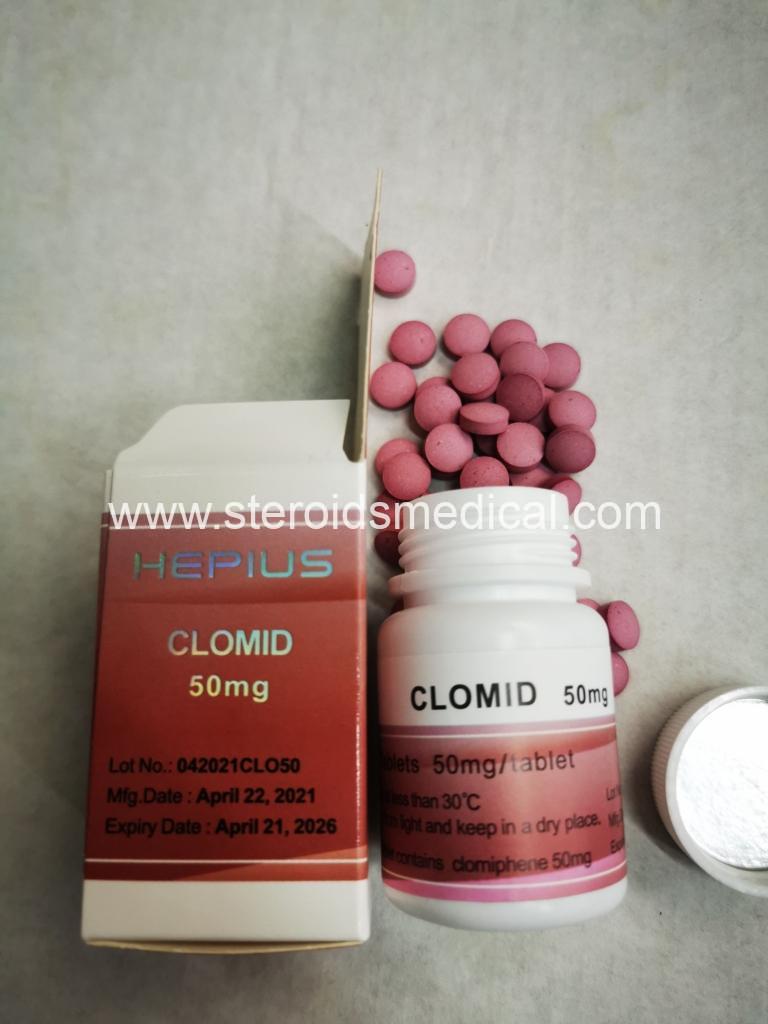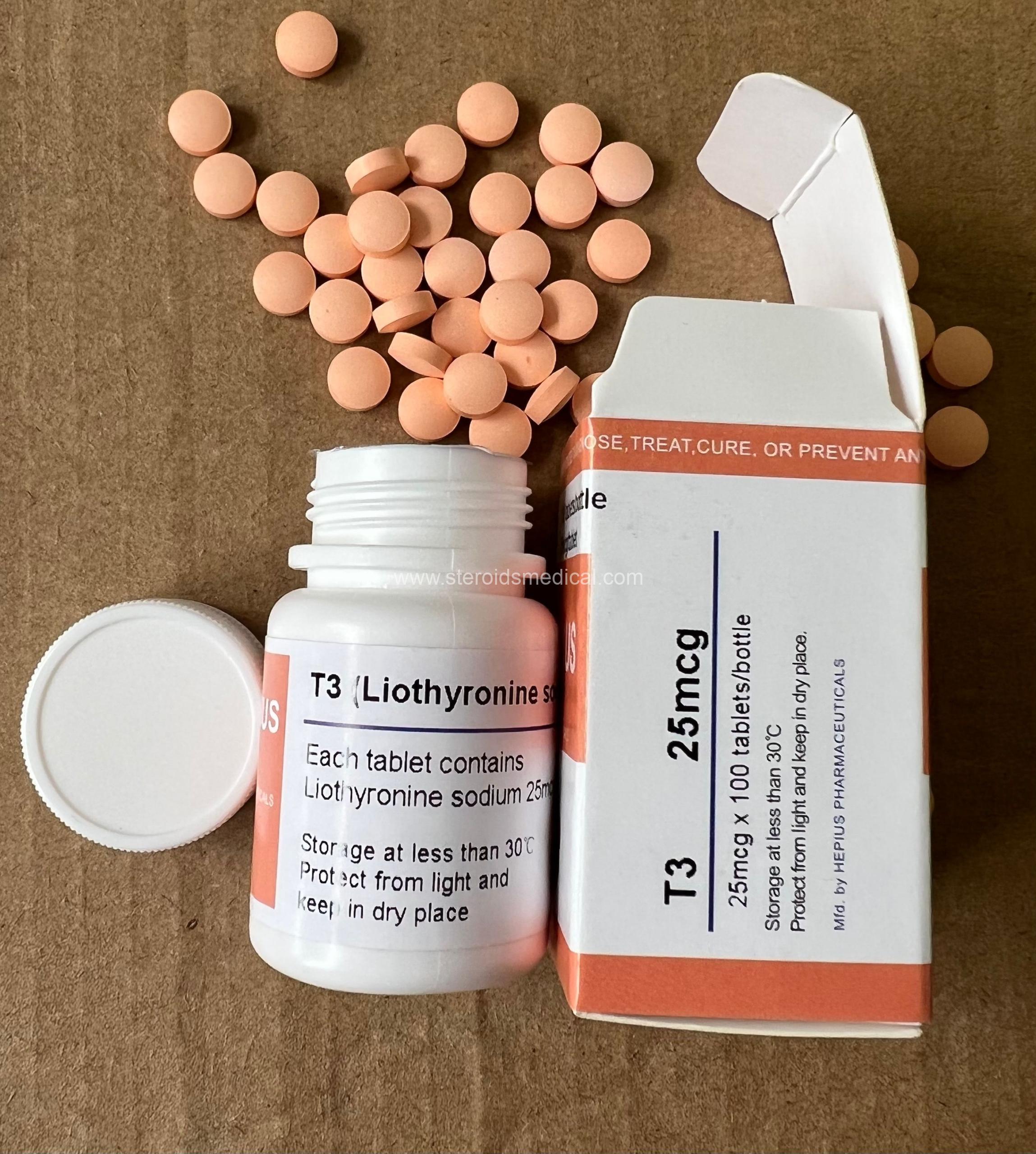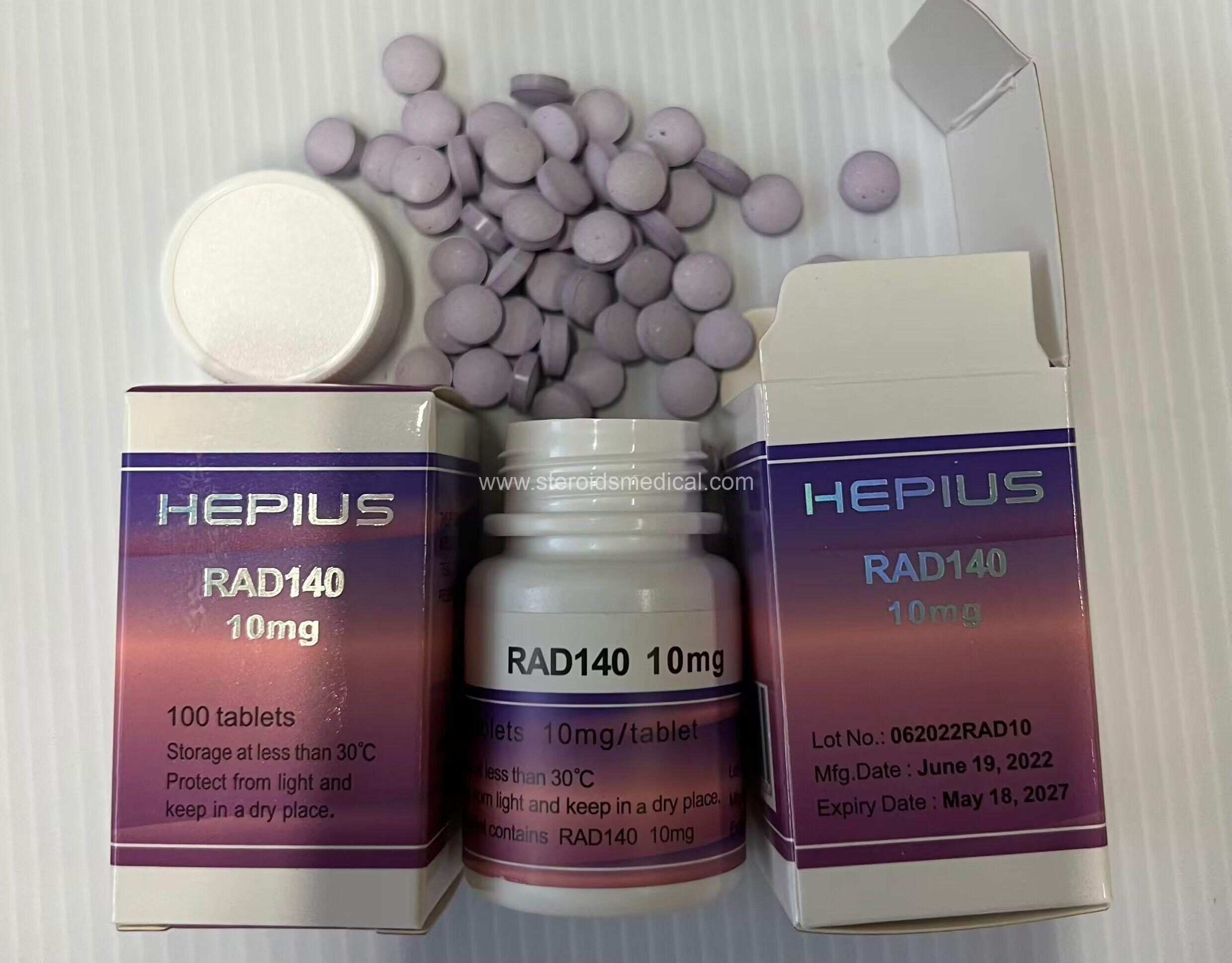제품 소개
Clomiphene citrate, commonly known by its brand name Clomid, is a medication used primarily in the treatment of infertility in women. Here are key points about Clomid 50 mg tablets:
의료 용도:
Indication: Clomid is typically prescribed to induce ovulation in women who have irregular or absent ovulation (anovulation). It is often used as a first-line treatment for female infertility due to problems with ovulation.
작용 기전: Clomiphene works by blocking estrogen receptors in the hypothalamus, a part of the brain that regulates the production of hormones involved in ovulation. This blockage leads to increased production of follicle-stimulating hormone (난폭손실시) and luteinizing hormone (LH), which are essential for triggering ovulation.
복용량: The standard starting dose for Clomid is 50 mg per day for five days, usually starting on the fifth day of the menstrual cycle. Your doctor may adjust the dosage based on your individual response and medical history.
모니터링: During treatment with Clomid, monitoring of ovarian function is essential. This may involve ultrasound scans to monitor follicle development and hormone level tests to assess the response to the medication.
타이밍: Clomid is typically taken for several cycles, but not usually for more than six cycles consecutively due to the risk of ovarian hyperstimulation and other complications.
Off-Label Uses:
Male Infertility: 경우에 따라, Clomid may be prescribed off-label to treat male infertility, particularly in men with low sperm counts or poor sperm motility. It works by stimulating the release of hormones that stimulate sperm production.
보디빌딩: Some individuals misuse Clomid as part of post-cycle therapy (증권 시세 표시기) after using anabolic steroids to help restore natural testosterone production. 그렇지만, this is not recommended without medical supervision due to potential side effects and risks.
부작용 및 주의사항:
Common Side Effects: Side effects of Clomid may include hot flashes, abdominal discomfort, bloating, breast tenderness, 기분 변화, and nausea.
Ovarian Hyperstimulation Syndrome (OHSS): There is a risk of developing OHSS, particularly in women with polycystic ovary syndrome (PCOS) or those who respond excessively to Clomid. Symptoms of OHSS include severe pelvic pain, swelling of the hands or legs, 복통, 구역질이 납니다, 그리고 구토.
Multiple Pregnancies: Clomid increases the chance of multiple pregnancies, such as twins or triplets. Your doctor will monitor this risk closely during treatment.
Other Considerations: Clomid may interact with other medications or supplements, so it’s important to disclose all medications you are taking to your healthcare provider.
결론:
Clomid 50 mg tablets are primarily used under medical supervision to treat female infertility by inducing ovulation. It is a well-established treatment option, but like any medication, it carries potential risks and side effects. Always follow your doctor’s instructions carefully and discuss any concerns or side effects promptly.
사용 방법
Here’s a detailed guide on how Clomid (clomiphene citrate) 50 mg tablets are typically used, particularly for the treatment of infertility in women:
Medical Use (Inducing Ovulation):
Initial Consultation: Before starting Clomid, you will have a consultation with a fertility specialist or gynecologist. They will review your medical history, conduct a physical examination, and possibly perform tests to assess your fertility status.
Cycle Monitoring: Clomid is usually started on the fifth day of your menstrual cycle (Day 1 is the first day of full menstrual flow). Your doctor may recommend starting at 50 mg per day for five days, but the dosage and duration may vary based on your specific situation.
Monitoring Ovulation: During your Clomid treatment cycle, your doctor will monitor your response using methods such as:
Ultrasound: This allows visualization of follicle development in the ovaries.
Blood Tests: Hormone levels, particularly estradiol (estrogen) and progesterone, may be measured to assess follicular development and confirm ovulation.
Adjustments: Depending on your response, your doctor may adjust the dosage of Clomid for subsequent cycles. They may increase the dosage in subsequent cycles if ovulation does not occur, or decrease it if side effects are significant.
Timing of Intercourse or Insemination: Your doctor will advise you on the best timing for intercourse or intrauterine insemination (IUI) based on the expected timing of ovulation.
Duration: Clomid is typically used for up to six cycles. If conception has not occurred after this time, your doctor may recommend re-evaluating your treatment plan or considering alternative fertility treatments.
Off-Label Uses (Male Infertility, 보디빌딩):
Male Infertility: For men, Clomid may be prescribed off-label to treat infertility by stimulating the production of testosterone and improving sperm count and motility. Dosages and monitoring would be determined by a healthcare provider experienced in treating male infertility.
보디빌딩: Clomid is sometimes used by men who have used anabolic steroids to help restore natural testosterone production during post-cycle therapy (증권 시세 표시기). 그렇지만, this is not recommended without medical supervision due to potential side effects and the need for proper dosing.
부작용 및 주의사항:
Common Side Effects: Hot flashes, 기분 변화, abdominal discomfort, bloating, breast tenderness, 구역질이 납니다, and headaches are common side effects of Clomid.
Ovarian Hyperstimulation Syndrome (OHSS): This is a rare but serious complication characterized by enlarged ovaries and fluid accumulation in the abdomen. Contact your doctor immediately if you experience severe pelvic pain, 구역질이 납니다, 구 토, or rapid weight gain during treatment.
Multiple Pregnancies: Clomid increases the risk of multiple pregnancies (예), twins or triplets). Your doctor will monitor this risk closely.
Other Considerations: Inform your doctor about any medications, 보충제, or medical conditions you have before starting Clomid, as it may interact with other treatments.
결론:
Using Clomid requires careful monitoring and supervision by a healthcare professional, particularly a specialist in reproductive medicine or infertility. It is essential to follow your doctor’s instructions regarding dosage, timing, and monitoring to maximize the chances of ovulation and conception while minimizing risks and side effects. If you have any concerns or questions during treatment, do not hesitate to discuss them with your healthcare provider.
P임대:
다른 요구 사항이나 질문이 있는 경우, 연락주세요 언제 어디서든.
Y온라인으로 채팅하거나 보낼 수 있습니다. E-mail (이메일) 우리에게: steroidsmedical@protonmail.com
시간 내주셔서 감사합니다!
 (주)국내제약회사, 주식 회사.
(주)국내제약회사, 주식 회사.
















